
In-Depth
Canadian Biomass’ highlights, top 10 stories of 2023
December 28, 2023
By
Maria Church

Canada’s bioeconomy had no shortage of buzz this year, from new tech developments to new projects, facilities, and government funding.
While federal support so far stops short of an official Canadian bioeconomy strategy that many supporters have called for over the years, there was notable policy progress with the Clean Fuels Regulations coming into force in July and the recent move to include biomass for heat and electricity generation in the Clean Manufacturing and Clean Electricity Investment Tax Credits.
Provincially, Ontario put nearly $20 million into a new forest bioeconomy program this year, and recently announced 15 funded projects from that pot. Meanwhile B.C. continues to fund fibre recovery and wildfire risk-reduction projects through the Forest Enhancement Society of BC, which this year divvied up an impressive $50 million among 61 projects.
Keeping a running mental list of newly announced or advancing projects across the country is nearly impossible these days – a great problem to have. Here’s a handful to note, and knowing I likely missed one that’s important to you, get in touch and join our e-newsletter list where we wrap up the week’s biomass news in Canada.
- Imperial is investing $720 million into construction of the largest renewable diesel facility in Canada, just outside of Edmonton. (read more)
- Airex Energy has partnered with Groupe Rémabec and SUEZ to build Canada’s first industrial biochar plant in Quebec. (read more)
- Origin Materials’ Sarnia, Ont., biochemicals plant officially opened. (read more)
- Tidewater Renewables is now producing renewable diesel at its Prince George, B.C., HDRD Complex. (read more)
- Azure Sustainable Fuels is planning to build a $1.9-billion SAF plant near Portage la Prairie, Man. (read more)
- Calgary companies Cielo Waste Solutions Corp. and Expander Energy have teamed up to take on biomass to fuels projects. (read more)
- Steel and mining company ArcelorMittal invested $6.6 million in Canada’s CHAR Technologies to introduce biocarbon to steel making. (read more)
Canadian Biomass’ team held four theme weeks this year, drawing focus to four niche areas of our coverage and creating year-round content hubs.
- Biomass Harvesting Week in February
- Bioheat Week in May
- Dust Safety Week in July
- Biofuels Week in October
We’ll be running with these theme weeks again in 2024 (find them under the “theme weeks” drop down on our navigation menu) so book in those dates and follow along.
And speaking of 2024, I would be remiss not to mention the project we’re most excited about for the new year, and that is the introduction of our national awards program. The Canadian Biomass Awards will celebrate individuals, companies and communities that are driving the bioeconomy forward. Help us find those players by nominating them today, and stay tuned for news of our upcoming ceremony to honour them.
Top 10 articles of 2023
Find below the annual round up of our most-read articles of the year. The list offers a sliver of insight into Canada’s bioeconomy by identifying stories that resonated over the year.
Check it out, and happy reading from the team at Canadian Biomass!
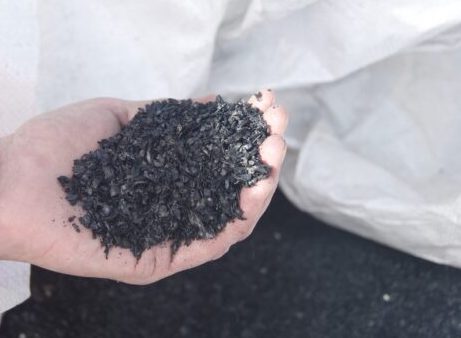
Photo: Annex Business Media
10 | New biorefinery slated for Carrot River, Sask.
News articles don’t often make our top 10 list, but excitement seems to be building around this new biorefinery announced in June by BC Biocarbon and Dunkley Lumber. Natural Resources Canada is contributing $10 million to the joint venture, called BioLesna Carbon Technologies LP. We’re looking forward to sharing more as this project progresses. READ MORE
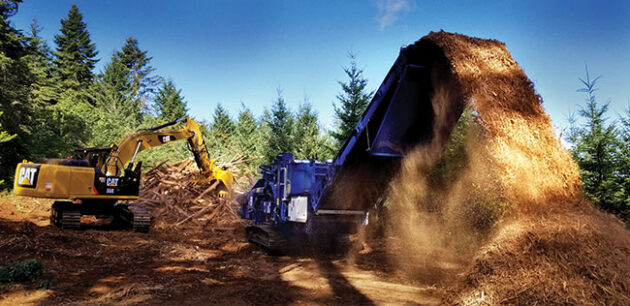
Photo courtesy Astec Industries
9 | Chipper versus grinder: Depends on the application
Our forestry readers propelled this article into the top 10. As part of our February Biomass Harvesting Week, we shared advice from chipper and grinder suppliers on choosing the right machine for your woody biomass harvesting needs. READ MORE
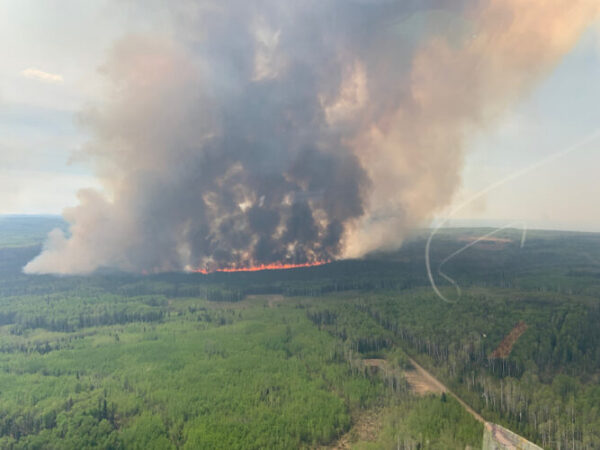
Photo: Alberta Wildfire/Government of Alberta handout, May 15, 2023.
8 | Opinion: Canada’s greatest climate challenge and responsibility is our forests
If you read just one column a year, might we suggest this one? Those who’ve read it will understand why Jamie Stephen’s op-ed is among our top-read articles. “With this year’s record-breaking wildfire season, politicians and the public can no longer ignore the truth – that forests are Canada’s single largest climate change issue.” READ MORE
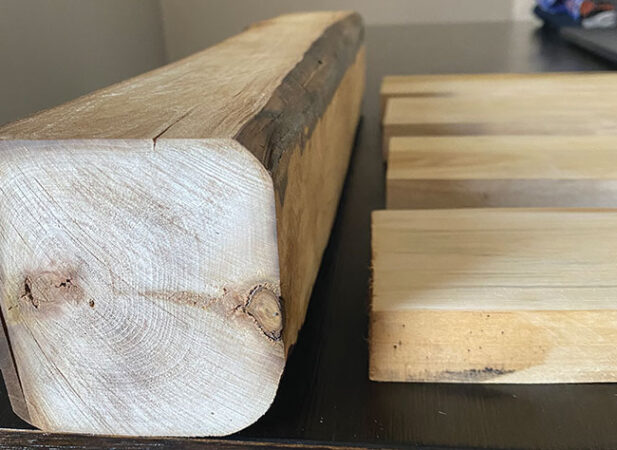
Densified aspen cant end view and densified aspen lumber. Photo courtesy Deadwood Innovations.
7 | New life for Deadwood: B.C. project turns low-grade fibre into densified engineered wood
A partnership between Nak’azdli Development Corporation and Deadwood Innovations is creating a new supply-chain stream for the low-end fibre market in B.C. Catherine Nutting and Qingcen Cai with the province’s forests ministry contributed this inside look at the project and its leaders, Owen Miller and John-Paul (JP) Wenger. READ MORE
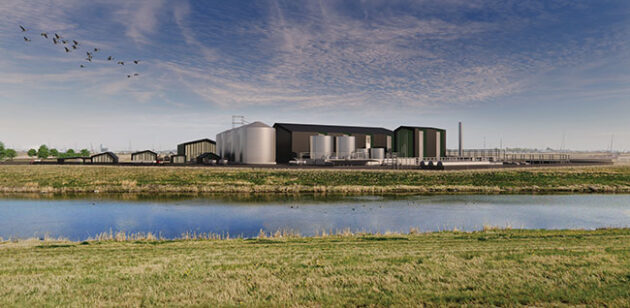
Photo rendering courtesy Green Impact Partners
6 | Fields of energy: Calgary project to turn low-grade wheat into ethanol and RNG
The Future Energy Park in Calgary – a flagship project from Alberta’s Green Impact Partners – plans to marry mission with money to create North America’s largest carbon-negative RNG and ethanol project. CEO Jesse Douglas shared with us details about what that mission, and the money, looks like. READ MORE
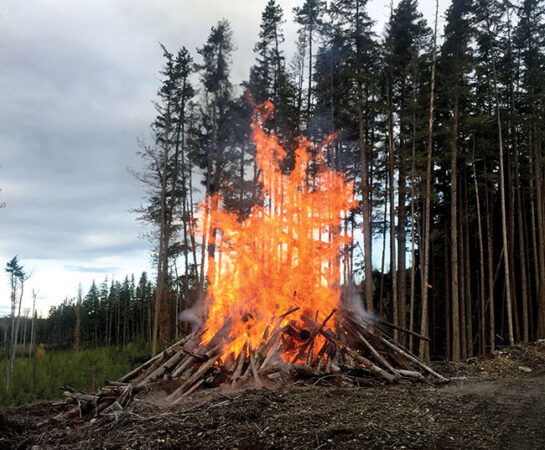
Common forest industry practice in B.C. is to pile and open burn harvest residues. Photo by Eric Nance.
5 | The burning question: Addressing harvest residue management in B.C.
Managing B.C.’s forest residues is a balancing act that must consider financial, operational, and regulatory constraints, as well as forest stewardship. B.C. researchers shared with us a roundup of potential alternatives to slash pile burning that would make better use of residual fibre across a range of operational conditions in B.C. READ MORE

Photo courtesy H2N
4 | Fibre fuel: Canadian company looks to create hydrogen from marginalized wood
Two Canadian business magnates – one from the world of forestry and another the energy sector – have put their heads together for a new venture with a grand vision to turn low-value forestry residuals into hydrogen while permanently sequestering the carbon. We checked in on Brian Fehr and Ian MacGregor’s plans for Hydrogen Naturally. READ MORE
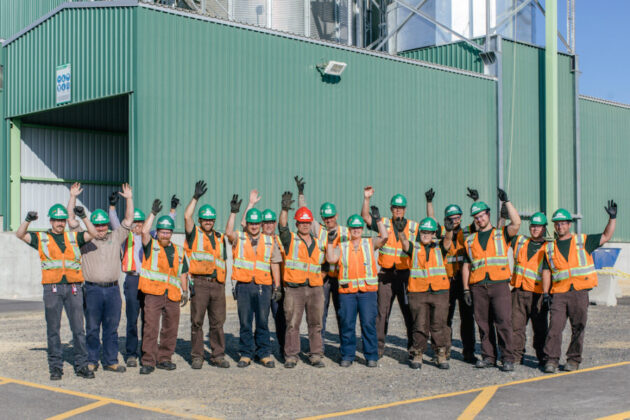
Photo courtesy Grand River Pellets Limited
3 | Grand plans: N.B. pellet producer embarks on $30M expansion project
An in-depth look at Grand River Pellets’ $30-million capital project took the third most-read spot this year. The relatively new-on-the-scene Maritime pellet producer essentially doubled its outdoor equipment, allowing for more feedstock flexibility and significantly boosting its nameplate capacity. READ MORE
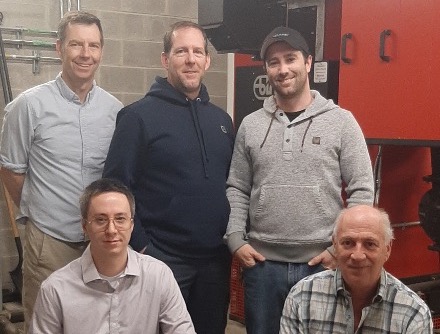
Photo: WPAC
2 | Local wood pellets driving GHG reductions in New Brunswick
The Wood Pellet Association of Canada’s interview with King Street Elementary School facilities manager Ronald Lavigne is easily our second most-read article of 2023. Five years ago, the new-build two-storey school in Miramichi, N.B., chose a biomass boiler for its heating needs. Lavigne shares his perspective on the system’s success so far. READ MORE
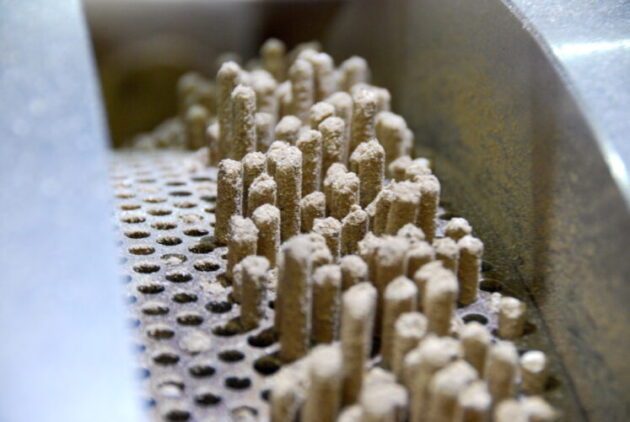
Photo: Annex Business Media
1 | 2023 wood pellet markets outlook
Unsurprisingly, the annual wood pellets market outlook authored by FutureMetrics’ William Strauss again took the No. 1 spot on our most-read list for 2023. Strauss’ annual summary is mandatory reading for folks in the wood pellet industry, and we’re looking forward to sharing his 2024 outlook in the coming weeks. READ MORE
Print this page